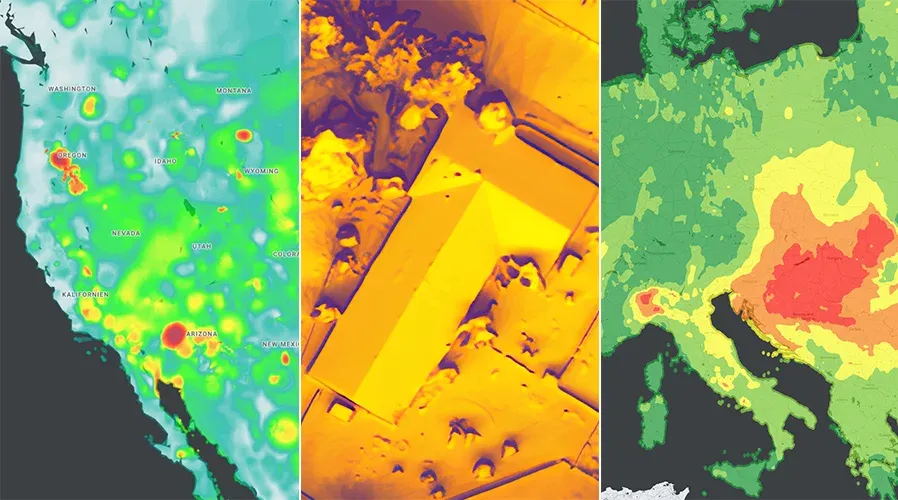Google Maps Platform Introduces New Sustainability Tools for Businesses and Cities
Google Maps Platform unveils new sustainability APIs for solar potential, air quality, and pollen data. Leveraging AI and environmental insights, these tools empower businesses and cities to mitigate environmental impact and make informed decisions. A notable step towards a greener future.

In a notable step towards sustainability, Google Maps Platform has unveiled a trio of innovative tools designed to empower businesses and cities with real-time environmental data. Leveraging advanced artificial intelligence (AI), machine learning, aerial imagery, and environmental insights, these tools promise to revolutionise the way we understand and address environmental challenges.
Solar Potential Mapping
The Solar API, initially launched as Project Sunroof in 2015, takes centre stage in Google's sustainability push. It has now been made available to businesses, offering detailed rooftop solar potential data for over 320 million buildings across 40 countries, including France, Japan, and the United States.
This API utilises AI to extract 3D data about roof geometry from aerial imagery, accounting for variables such as trees and shade. Historical weather patterns and energy costs are also considered, providing businesses, particularly solar installers, with a comprehensive view of sunlight exposure and potential energy savings. This data empowers them to make informed decisions about solar panel installations, promoting sustainable energy practices.
Air Quality Insights
Google's commitment to environmental well-being extends to air quality. The Air Quality API, building on last year's introduction of the air quality layer in Google Maps, provides real-time air quality data, pollution heatmaps, and pollutant details for more than 100 countries.
This API aggregates vast amounts of data from multiple sources, including government monitoring stations, meteorological data, sensors, and satellites. It goes a step further by integrating live traffic data and using machine learning to predict pollutant levels in specific areas at any given time. Industries like healthcare, automotive, and transportation can leverage this data to offer users accurate and timely air quality information, enhancing public health and environmental awareness.
Tackling Allergies with Pollen Information
Rising temperatures and greenhouse gas emissions have expanded the range and production of pollen-producing plants, posing additional challenges for allergy sufferers. Google's Pollen API addresses this concern by providing current pollen information for common allergens in over 65 countries.
Powered by machine learning, this API identifies the locations of pollen-producing plants and factors in local wind patterns to calculate pollen seasonality and daily grain counts. Users can access localised pollen count data, heatmap visualisations, and detailed allergen information, along with practical tips for allergy management. Applications such as travel planning and daily commutes can utilise this information to enhance decision-making for those affected by allergies.
These three groundbreaking APIs collectively offer businesses and cities comprehensive and up-to-date environmental insights. They hold the potential to revolutionise the development of sustainability-focused products and empower communities to adapt to the ongoing challenges posed by climate change. Google's dedication to organising and disseminating environmental data underscores the importance of informed choices and collective action towards a greener future.




 Industry Inscript is a subsidiary of Valiant and Company Ltd.
Industry Inscript is a subsidiary of Valiant and Company Ltd.
Comments ()